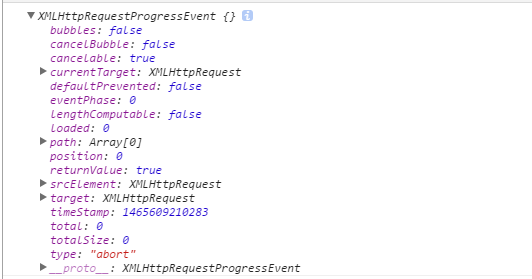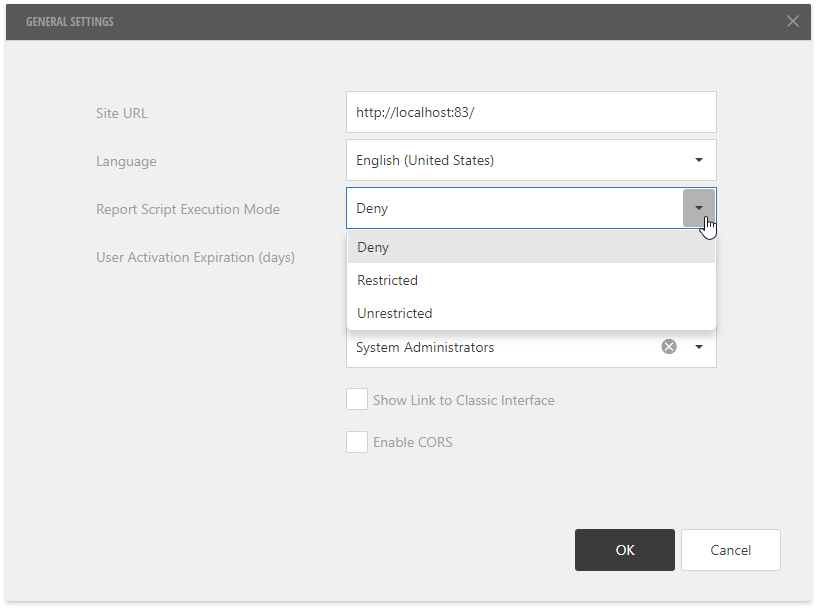I have a Dask dataframe that looks like this:
url referrer session_id ts customer
url1 ref1 xxx 2017-09-15 00:00:00 a.com
url2 ref2 yyy 2017-09-15 00:00:00 a.com
url2 ref3 yyy 2017-09-15 00:00:00 a.com
url1 ref1 xxx 2017-09-15 01:00:00 a.com
url2 ref2 yyy 2017-09-15 01:00:00 a.com
I want to group the data on url and timestamp, aggregate column values and produce a dataframe that would look like this instead:
customer url ts page_views visitors referrers
a.com url1 2017-09-15 00:00:00 1 1 [ref1]
a.com url2 2017-09-15 00:00:00 2 2 [ref2, ref3]
In Spark SQL, I can do this as follows:
select
customer,
url,
ts,
count(*) as page_views,
count(distinct(session_id)) as visitors,
collect_list(referrer) as referrers
from df
group by customer, url, ts
Is there any way I can do it with Dask dataframes? I tried, but I can only calculate the aggregated columns separately, as follows:
# group on timestamp (rounded) and url
grouped = df.groupby(['ts', 'url'])
# calculate page views (count rows in each group)
page_views = grouped.size()
# collect a list of referrer strings per group
referrers = grouped['referrer'].apply(list, meta=('referrers', 'f8'))
# count unique visitors (session ids)
visitors = grouped['session_id'].count()
But I can't seem to find a good way to produce a combined dataframe that I need.




